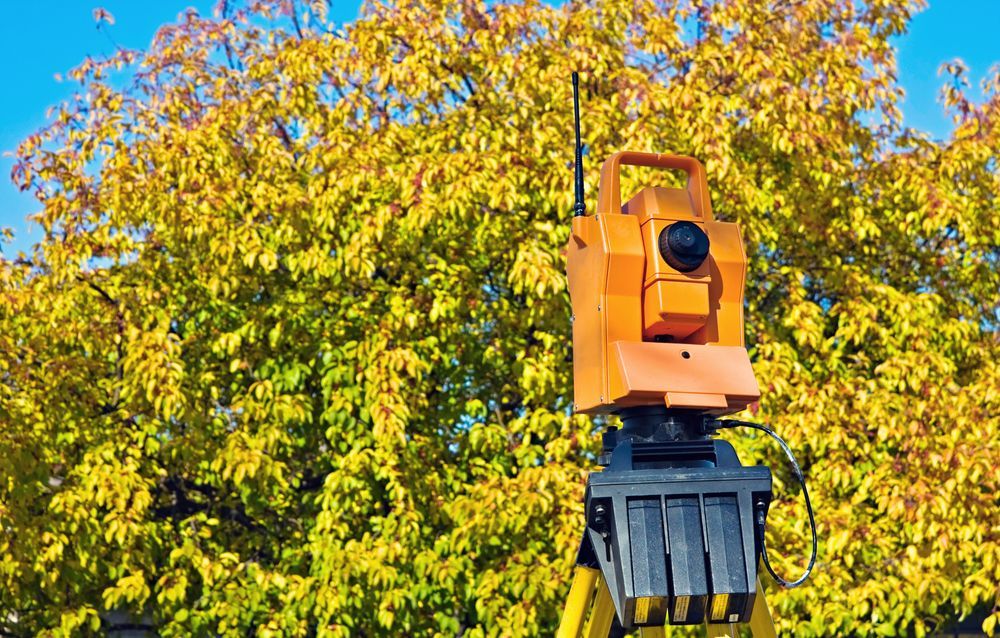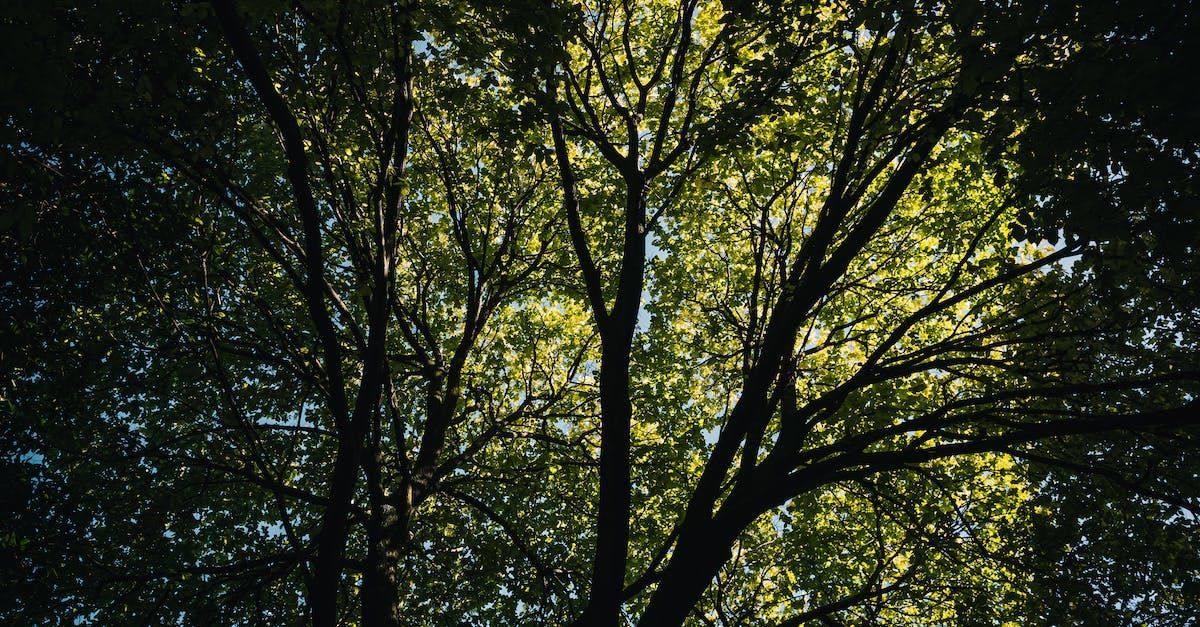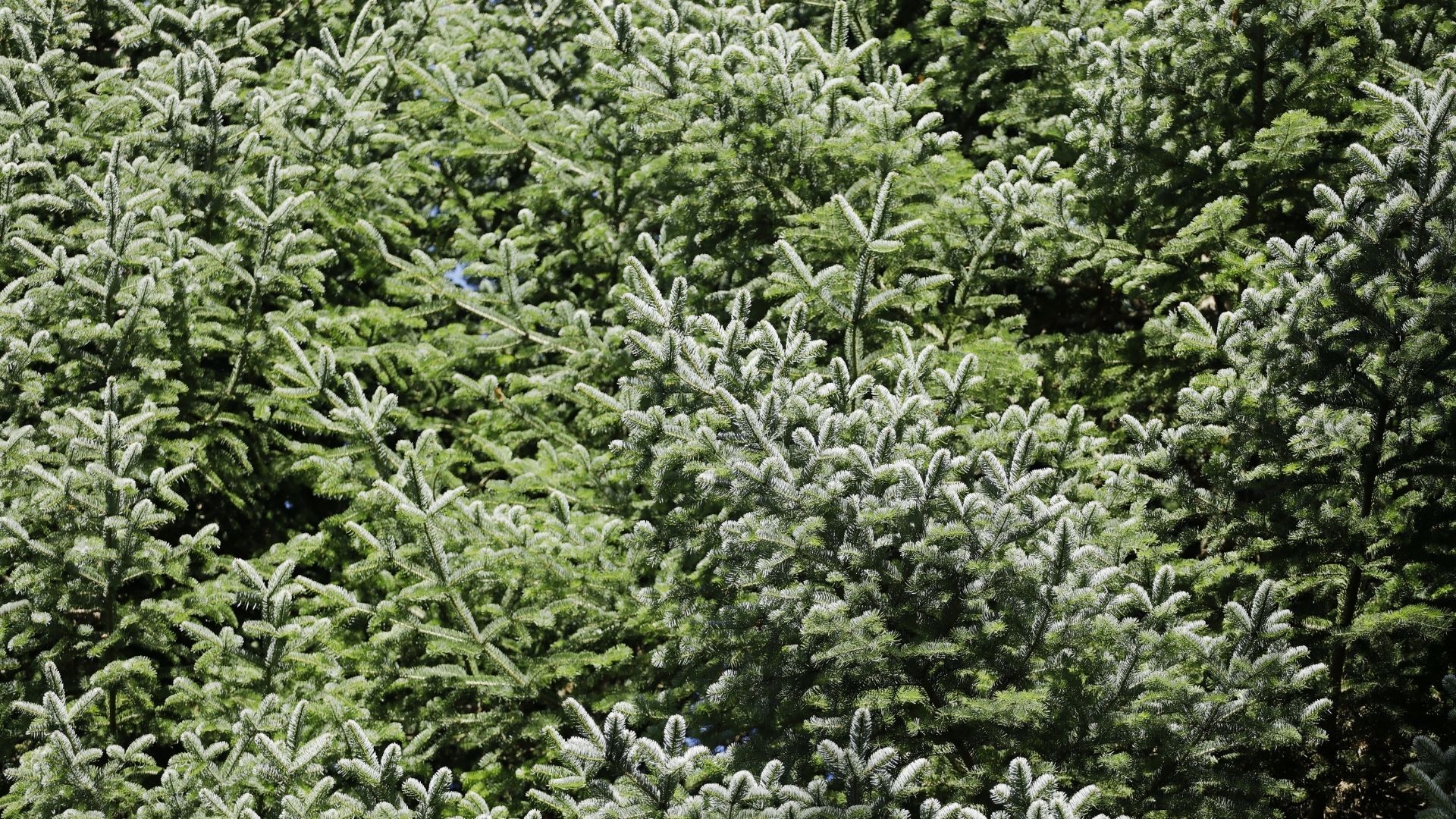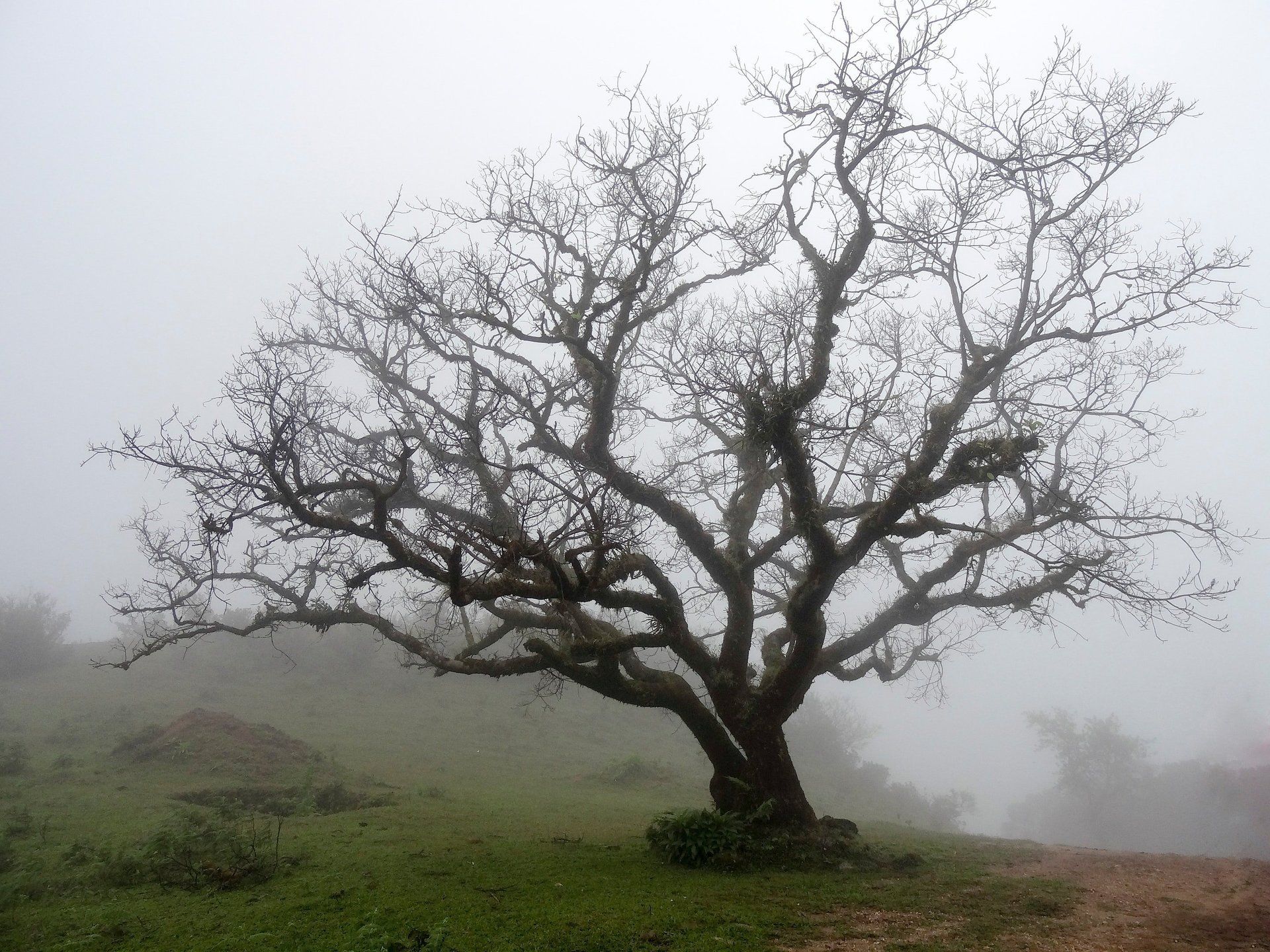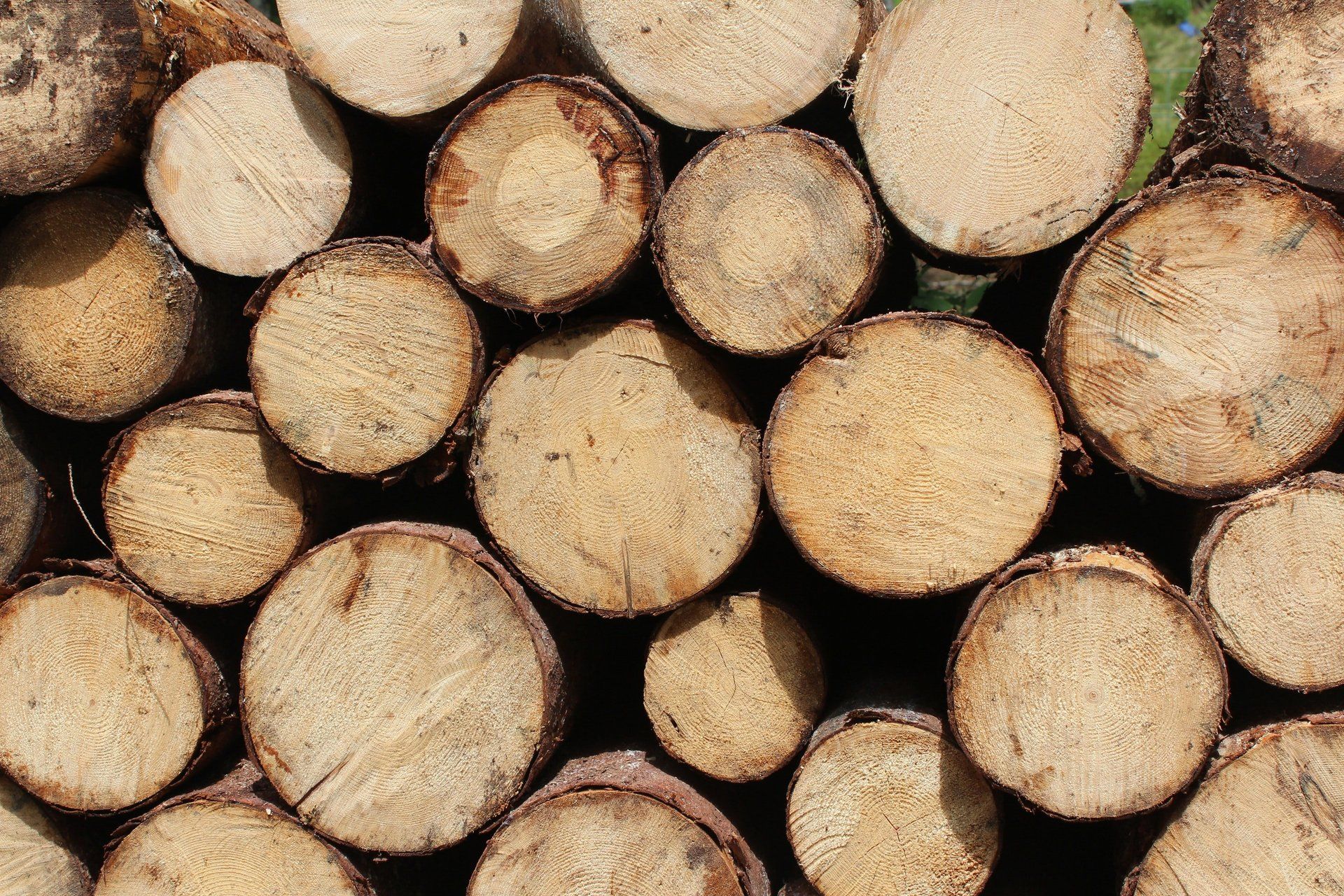5 Signs You Need to Call a Tree Surgeon Right Away
Signs That It's Time To Call A Tree Surgeon
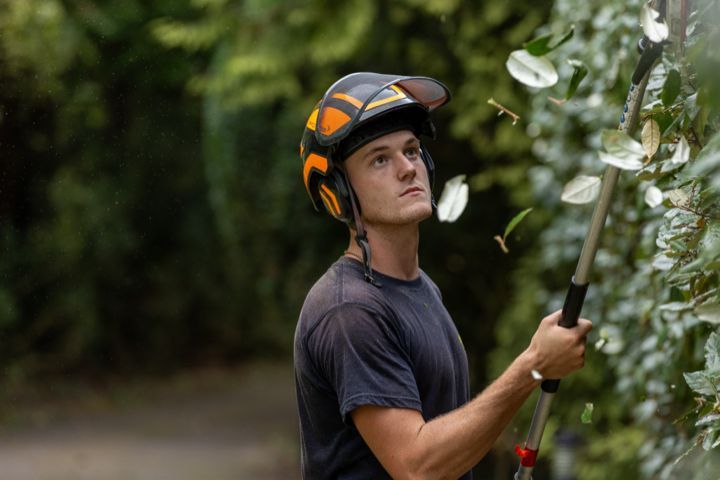
From providing a beautiful shaded spot on sunny days to supporting a vibrant plant and animal ecosystem, your trees help you get the most value and enjoyment from your land.
But it’s easy to forget that trees are living, breathing organisms. And just like when you get sick, they need immediate attention when they’re facing serious health issues.
In this case, that means calling in a professional local tree surgeon like Chris Arnold Tree Surgery to preserve their health and prevent safety risks.
Unless you can see clear evidence of damage, it can be difficult to tell when your trees need urgent care from a tree surgeon. So to help you protect your trees and maintain a healthy, beautiful landscape, let’s take a look at the top 5 signs that it’s time to
give us a call.
5 signs you need to call a tree surgeon right away
1) Unusual growth patterns
Trees typically follow a consistent growth pattern, growing upwards and outwards straight and evenly. This is a sign that your tree is in good health.
But if your tree looks uneven, severely twisted or less vibrant on one side, something’s going wrong.
For example, if only one side of your tree is flourishing, it might be struggling to access essential resources like sunlight, water or soil nutrients. And if the leaves are falling off out of season, your tree might be struggling with pest infestation or disease.
One common sign of unusual growth is excessive sprouting or ‘water shoots’ – thin vertical branches growing from the trunk or main branches.
These can occur following significant pruning or renovation, or when the main branch has been lopped and left with a bare stump, which is perfectly normal. But they can also emerge in response to stress, as the tree is trying desperately to recover from excessive damage.
Any sign of uneven growth can weaken the structural integrity of your tree. And it can even put it at greater risk of disease. Ignoring these symptoms could lead to tree death, possibly causing branches or the whole tree to fall and cause harm to people and nearby structures.
If you spot any signs of unusual growth patterns in your tree, contact Chris Arnold Tree Surgery in Gloucestershire and surrounding areas.
Our expert team will diagnose the cause of the uneven growth and take action to restore your tree to full health.
2) Leaning trees
Although unusual growth patterns are one of the top signs your tree needs immediate attention from a tree surgeon, some degree of tilt is perfectly natural. But if your tree is tilting more than usual or seems to be leaning more than 15 degrees, this could indicate a serious underlying problem.
A common cause of tree leaning is root damage or decay. The roots of a tree penetrate deeply in search of water and nutrients. But this quest for sustenance also anchors the tree into the ground, keeping it from falling over even when it grows to a substantial height.
If this root system starts to decay, it can seriously affect the stability of your tree. This puts it at risk of collapse, which could hurt or even kill passersby. And if your tree is tall enough, it could come crashing down through nearby buildings.
Root problems aren’t the only cause of leaning trees, however. There might instead be an issue with the surrounding soil.
Heavy rain can wash away some of the structural soil surrounding your tree. And pooling water from poor drainage can cause the dirt to soften, even deep underground. So if your tree is tilted, you should first check for signs of soil erosion and pooling water.
Another possible cause of tilting is if the tree structure of the tree has severely weakened, which is often caused by pest infestations or disease. This can be particularly problematic, as strong winds or storms could cause your tree to fall without warning.
Since tilted trees are a serious hazard to people and property, you should arrange for any severely tilting tree to be examined by a local tree surgeon. We’ll investigate what’s causing your tree to lean and take measures to restore its integrity. And if this isn’t possible, we can disassemble the tree piece by piece and remove it from your land to help you eliminate risk.
3) Pest infestations
Pests aren’t just unpleasant to have around. Enough of these tiny creatures can also cause significant damage to your tree, which could be fatal if not addressed quickly.
Your tree could be under attack from invasive pests if you notice:
- Unusual holes in the bark or leaves
- Discoloured leaves, wilting branches or out-of-season shedding
- Sawdust-like debris in the trunk or branches
- Sticky residue on the leaves
- Insects like aphids, beetles or caterpillars
But it’s important to note that not all damage can be seen on the surface. Pests like borers can tunnel into your tree and damage it from the inside. Over time, this can seriously weaken the structural integrity of your tree, putting it at risk of disease or collapse.
An experienced local tree surgeon will be able to identify the types of pests infesting your tree and recommend suitable solutions, such as targeted insecticides, careful pruning or other
tree services. These help clear up your pest problem and promote healthy tree growth.
4) Dead or dying branches
Small branches naturally die off and fall as part of a tree’s life cycle. But if your tree is shedding lots of branches, or they’ve turned brown, brittle or bare, it’s a good indicator that your tree needs urgent care.
Dead or dying branches can attract pests and diseases, which can spread throughout the tree and even to nearby plants. They also attract fungi and insects that thrive on decay. So not only can the branches fall and harm people, pets, vehicles and property, but there’s a chance the entire tree could collapse.
A quick way to check the condition of your tree is to pluck a small stick from one of the branches and snap it in two. If the branch is hard to break and is green on the inside then good news, your tree is probably perfectly healthy! But if it breaks easily and the colour inside is dark, it’s best to call your local tree surgeon immediately.
We can prune dying branches to protect your tree from pests and diseases. This prevents further harm and promotes healthier growth, as these lifeless limbs will no longer draw essential nutrients away from the rest of the tree.
If the decay is too widespread to rescue the tree, we can instead remove it and grind away the stump. That way, your surrounding plant life is protected from infection and you can avoid the risks of tree collapse.
5) Root failure
As mentioned previously, strong and deep roots are essential for keeping your tree firmly planted in the ground.
Since roots grow beneath the surface, it can be tough to know when they’re in distress. But there are a few clear signs you can look for above ground that give you an early warning.
One of the most common signs is exposed or uneven surface roots. If the roots are visible above ground, it suggests that the soil is unstable. This puts the tree at greater risk of falling, particularly during harsh weather.
Even if the roots remain underground, fungi or mushrooms growing at the base of the tree could indicate root failure. These organisms flourish in areas of rot and decay. So their presence acts as a visible symptom to an invisible – and much more severe – problem.
Similarly, if you notice wilting leaves, stunted growth discolouration or any other sudden decline in the vibrancy of your tree, it could mean that the roots are struggling to find water and nutrients.
This could be a problem with the health of your soil. But it can also mean that your tree’s roots are dying off, and can no longer penetrate deep enough to find the sustenance they need.
Protect the long-term health of your trees with professional tree surgery
Recognising the signs that your tree needs urgent care is a big part of protecting your land – and the people who use it. So if you think your tree is at risk of failure, speak with the expert arborists at Chris Arnold Tree Surgery immediately.
Our friendly, knowledgeable and certified team is skilled in all areas of tree surgery and maintenance, including pruning, pest management, removal and stump grinding. We use state-of-the-art equipment to manage tree issues quickly and effectively. And we’re available to support homeowners, businesses and local councils throughout the Cotswolds, Gloucestershire and Worcestershire.
Contact us today for emergency tree care that keeps your land healthy and beautiful.

